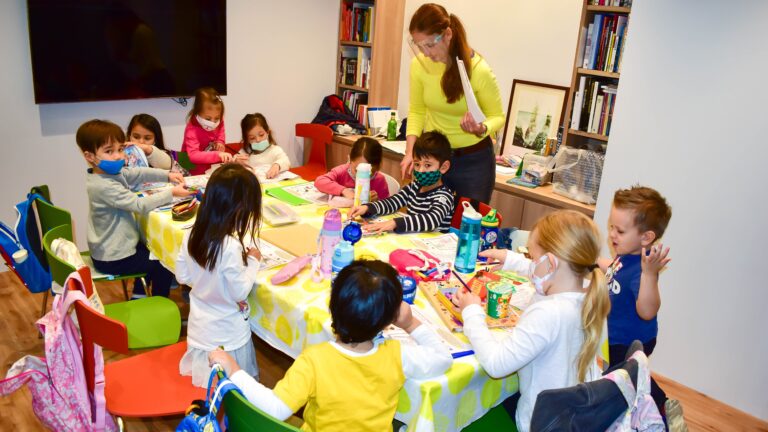For five years, since 1 July 2019, the baby-expecting support scheme has been assisting young couples who wish to have children. Nearly half a million prospective parents across the country have benefited from the loan so far: since the programme’s inception, 246,000 families have applied for the support, resulting in the birth of a total of 211,000 children. Through the baby-expecting subsidized loan families have received 2,400 billion forints in government support. The scheme, also known as the ‘baby bond’, is popular nationwide, with significant interest regardless of the size, location, or income levels of the applicants. Additionally, the government has granted an extension until 1 July 2026 for those couples who took out the support within two years of its introduction but have yet to welcome their first child.
Based on detailed anonymous data from the Hungarian State Treasury, the Mária Kopp Institute for Demography and Families (KINCS) reported that the baby-expecting support was most frequently utilized by families living in small towns (33 per cent) and villages (31 per cent), with one-fifth of the loan contracts signed in county capitals and one-sixth in the capital city. Outside Central Hungarian localities, the support was most commonly applied for in three north-eastern counties (Hajdú-Bihar, Borsod, and Szabolcs-Szatmár-Bereg). The uptake rates of the subsidized loan align perfectly with population proportions across different types and sizes of settlements and county distributions, covering Hungary’s entire territory proportionately.
This consistency is also evident when examining the data based on the income levels of the communities. One-third (34.7 per cent) of all families applying for the support were from the bottom two income quintiles, the majority (36.5 per cent) were from the middle quintile, and slightly fewer (28.8 per cent) were from the top two quintiles. The distribution of the loan uptake corresponds to the income distribution of the residents, indicating that
the support is equally popular in the poorest and wealthiest communities and is most common among the middle class.
The baby-expecting support has brought measurable changes to Hungary’s demographic trends. Despite the COVID-19 pandemic, the years following 2019 saw a surge in marriage and childbirth rates, with an increase in weddings and births continuing until the summer of 2022. However, the economic aftereffects of the pandemic, the war, the economic and energy crises caused by Brussels’ sanctions, and the soaring inflation have forced many to postpone their plans for having children. Consequently, the government has extended the childbearing deadline by two years, providing crucial relief for thousands of couples who are still awaiting the birth of a child.
In the five years since its introduction in July 2019 (until May 2024), the baby-expecting support has been taken up in 78.5 per cent of all marriages where the woman was under 41, one of the few criteria of eligibility (the age limit has been lowered to under 30 for women as of January 2024), indicating that the vast majority of newly married couples have taken out the subsidized loan.
Related articles:
Sources: Hungarian Conservative/KINCS







